Capturing artistic sailing photos is a fascinating endeavor that combines creativity with technical skill, offering a unique perspective on the beauty and dynamics of the sea. From the perfect alignment of light to the dramatic interplay of motion, every element plays a role in transforming a simple snapshot into a work of art. Whether you’re aiming to create stunning sailboat photography prints or experiment with sailboat images drawing, the possibilities are endless. This guide delves into the secrets of crafting artistic sailing photos, exploring everything from choosing the right moments to frame your shots to leveraging unique angles and compositions. With expert tips and a wealth of inspiration, you’ll learn how to elevate your sailing photography to new artistic heights, making each image a testament to the enduring charm of the open sea.
Key Takeaways
– Master Composition: Arrange elements like boats, rigging, and surroundings for balance and symmetry, enhancing visual appeal and storytelling potential.
– Strategic Lighting: Use golden-hour light for soft, directional illumination that highlights textures and moods, transforming the scene.
– Evoke Emotion and Storytelling: Capture the essence of sailing—freedom, power, or solitude—through images that resonate emotionally.
– Leverage Environmental Elements: Choose backgrounds that complement the mood, from dramatic skies to calm waters, adding depth and dimension.
– Color Palette Mastery: Utilize blues and grays for calmness and vibrant hues for energy, creating visually engaging compositions.
– Highlight Movement and Action: Capture dynamic moments, such as sails filling with wind, to add energy to your photos.
– Technical Excellence: Focus on sharpness, detail, and depth to enhance image quality and interest.
– Experiment with Perspectives: Try low-angle shots and unique angles to emphasize boat size and grandeur.
– Post-Process for Enhancement: Use editing tools to boost colors, adjust perspectives, and refine textures for a polished look.
– Capture Reflections: Incorporate reflections for added depth and dimension in your photos.
– Seek Inspiration and Resources: Explore galleries and blogs for tips and insights to improve your sailing photography.
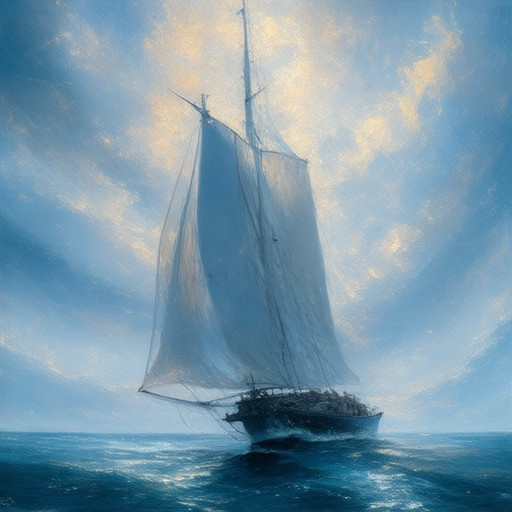
How to Take Artistic Sailing Photos
To capture the essence of sailing in a artistic way, consider the following tips:
- Golden Hours Lighting : Plan your photo sessions during the golden hours, which are the times just after sunrise or before sunset. This soft, diffused light provides a warm glow and avoids harsh shadows, making your photos more vibrant and visually appealing.
- Composition Techniques :
- Leading Lines : Utilize elements like the boom, mast, or waves to draw the viewer’s eye towards the subject, creating a sense of motion and direction.
- Symmetry : Capture reflections of your boat on the water to create a balanced and aesthetically pleasing composition.
- Unique Angles :
- Aerial Views : If possible, shoot from a high vantage point on the deck or consider hiring a drone for a unique perspective.
- Low Angles : Experiment with shooting from a lower angle to emphasize the boat’s size and movement.
- Reflections and Movement :
- Look for moments when the sun’s rays reflect off the water, creating shimmering effects around your boat.
- Capture dynamic movements of the boat and its crew to add energy to your photos.
- Human Element :
- Include candid shots of crew members interacting to add a story-like element to your photos, ensuring the scene feels natural and engaging.
- Camera Settings and Equipment :
- Use a tripod for stability, especially when the boat is moving.
- Explore manual camera settings to gain more control over your shots, starting with adjustments like white balance to compensate for varying light conditions.
- Post-Processing :
- Edit your photos with software like Lightroom to enhance colors and details, but always aim for a natural look rather than over-editing.
- Background Consideration :
- Choose calm waters for a serene backdrop or opt for rough seas to add dramatic contrast, depending on the mood you wish to convey.
- Experimentation and Enjoyment :
- Try various angles and perspectives to discover what works best for your style.
- Set up self-timers or ask a helper to capture shots where you’re included, ensuring the boat remains steady.
- Storage and Sharing :
- Store your photos securely using reliable solutions like SD cards or cloud services.
- Share your work on platforms like Instagram, using relevant hashtags to connect with fellow sailing enthusiasts.
By planning thoughtfully, paying attention to lighting and composition, and embracing experimentation, you can create artistic sailing photos that truly capture the magic of the sea. Remember to stay patient and enjoy the journey of capturing these memorable moments.
What Makes a Sailing Photo Artistic?
A sailing photo becomes artistic when it transcends mere documentation, blending technical skill with emotional resonance. Here’s what sets such photographs apart:
1. Masterful Composition
- Excellent composition is the foundation of any great photograph, and sailing photos are no exception. Use leading lines, rule of thirds, and symmetry to guide the viewer’s eye toward the subject, whether it’s the vessel, the horizon, or the waves.
- Consider the balance between foreground, midground, and background elements to create visual interest and depth. A well-composed sailing photo often feels dynamic and purposeful.
2. Thoughtful Lighting
- Lighting plays a crucial role in transforming a scene into something memorable. Golden hour and blue hours often yield soft, dramatic lighting that highlights the textures of the sailcloth and the play of light on the water.
- Pay attention to shadows and how they complement the subject. Backlighting can create a sense of motion and drama, while frontlighting can emphasize details like the rigging or the boat’s profile.
3. Emotional Storytelling
- The best sailing photos connect with viewers on a deeper level, evoking feelings of freedom, adventure, or peace. Capture the energy of the boat, the interplay between the vessel and the sea, and the connection between the photographer and the subject.
- Consider the mood of the moment—whether it’s the serene calm before sunset or the exhilaration of a stormy seascape. Let the photo reflect the emotions experienced during the shoot.
4. Technical Precision
- While artistic intent is key, technical excellence ensures the photo stands the test of time. Proper exposure, sharpness, and color accuracy are essential to preserve the integrity of the scene.
- Experiment with different angles and perspectives to find the most compelling viewpoint. Aerial shots, close-ups, and unique vantage points can add a fresh twist to familiar subjects.
5. Connection to the Awards Community
- The Sailing Photo Awards celebrate the very best in sailing photography, showcasing works that embody the criteria outlined above. Explore their gallery, tips, and community stories to inspire your own creations.
- Become a part of the community by submitting your work to future competitions and connecting with fellow photographers. Learn from their techniques and share your own insights.
By focusing on composition, lighting, storytelling, and technical execution, you can create sailing photos that are not only visually stunning but deeply meaningful.
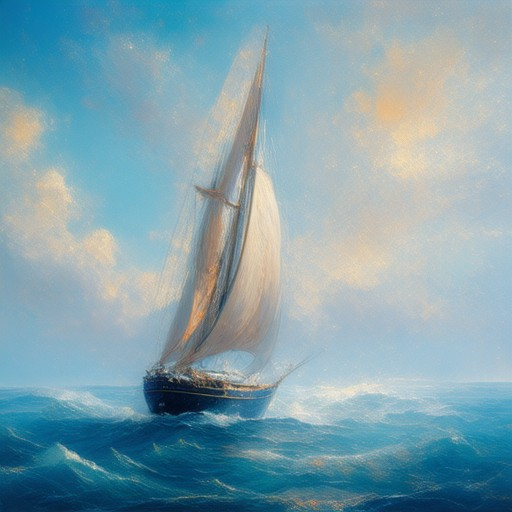
Discover Your Perfect Sailing Photography Inspiration
Seeking artistic sailing photo inspiration? Look no further! Here’s a curated guide to some of the most breathtaking spots around the globe that are guaranteed to fuel your creativity and captivate your imagination.
- 1. The Sailing Photo Awards Gallery – Immerse yourself in the world of sailing photography with our exclusive gallery showcasing award-winning works. Each image tells a unique story, blending the beauty of the sea with the skill of talented photographers. Visit Sailing Photo Awards to explore these incredible creations.
- 2. Coastal Scenic Spots in Norway – Norway’s dramatic coastlines offer unparalleled opportunities for artistic sailing photography. The combination of rugged cliffs, crystal-clear waters, and vibrant skies creates a visually stunning environment perfect for capturing memorable moments. Explore Norway’s scenic beauty for more inspiration.
- 3. The British Isles – From the rolling waves off the Cornish coast to the misty Highlands of Scotland, the British Isles are a treasure trove of sailing photography subjects. The diverse landscapes and unique light conditions provide endless possibilities for creative expression. Discover more at Visit Britain .
- 4. The Mediterranean Sunsets – There’s something truly magical about watching the sunset over the Mediterranean Sea. The golden hues and reflections on the water create scenes that are almost too perfect to be real. Learn more about Mediterranean travel experiences to plan your next shoot.
- 5. Australia’s Whitsunday Islands – Known for their pristine beaches and turquoise waters, the Whitsundays are a photographer’s paradise. Capture the essence of tropical paradise with your camera, exploring the islands’ hidden gems for the perfect shot.
- 6. The Chilean Patagonia Region – Patagonia’s rugged landscapes and dramatic skies offer a unique perspective on sailing photography. The region’s vastness and untouched beauty make it a must-visit for any serious photographer. Plan your trip using Patagonia Chile .
- 7. The North Atlantic Ocean – Experience the power and grandeur of the North Atlantic Ocean. Whether it’s the towering waves off Ireland or the serene calm near the Faroe Islands, the ocean’s moods are endlessly varied and photogenic. Discover more at North Atlantic Travel .
Ever wondered how to capture the perfect sailing photo? Check out our photography tips section for expert advice and techniques to enhance your creative process. With these destinations and resources, you’ll be ready to create your own masterpiece!
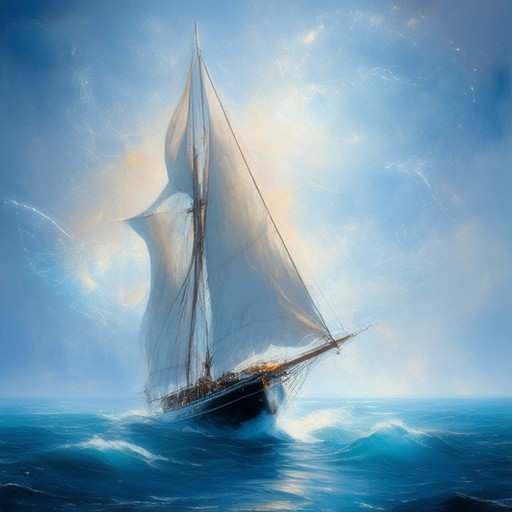
Elements That Make Sailing Photos Artistic
A sailing photo becomes artistic when it masterfully combines several key elements to create a visually stunning and emotionally resonant image. Here are the primary components that contribute to the artistry of sailing photographs:
- Composition :
- The arrangement of subject elements, such as the boat, rigging, sails, and surroundings, plays a crucial role. A well-balanced composition, with attention to symmetry and negative space, enhances visual appeal and storytelling potential.
- Lighting :
- Lighting is transformative. It can emphasize textures, create mood, and highlight the dynamic interaction between the boat and its environment. Soft, diffused light may evoke tranquility, while dramatic lighting can convey power and intensity.
- Emotion and Storytelling :
- A truly artistic sailing photo goes beyond mere documentation. It tells a story, capturing the essence of the experience—whether the freedom of exploration, the power of nature, or the solitude of the open sea. This emotional connection engages viewers on a deeper level.
- Environmental Elements :
- The background and setting are equally important. The sky, clouds, and water texture significantly influence the mood. A striking sunset or stormy sky can add depth and drama, while calm waters or reflective surfaces enhance serenity.
- Color Palette :
- The interplay of colors, particularly the blues and grays of the ocean, creates a calming effect. Vibrant hues from sunsets or sails can add vibrancy, while complementary colors enhance visual interest.
- Movement and Action :
- The dynamic nature of sailing is often captured through movement. Whether it’s the motion of waves, the tilt of the mast, or the glide of a boat, movement adds energy and life to the photograph.
- Technical Aspects :
- Paying attention to details like sharpness, focus, and depth enhances the overall quality. Focusing on intricate boat details or the surrounding environment can add layers of interest to the image.
By thoughtfully integrating these elements, a sailing photo transcends mere documentation, becoming a work of art that invites viewers to connect with the beauty and spirit of the sea.
How Can I Capture Artistic Sailing Photos?
To capture artistic sailing photos, consider the following structured approach:
1. Timing and Lighting
Capture photos during golden hours—early morning or late afternoon—for soft, directional light that enhances textures and creates dramatic shadows.
2. Composition Setup
Position your boat to achieve a balanced or dynamic composition. Consider centering the subject for symmetry or offsetting it for visual interest.
3. Stability and Angles
Utilize a tripod for stability, allowing you to adjust the camera’s angle freely. Experiment with unique perspectives, such as shooting from below the deck or above the mast.
4. Reflective Elements
Look for opportunities to include reflections, whether from the sun on the water or the boat itself, to add depth and dimension to your photos.
5. Movement and Motion
Capture the boat in motion to introduce dynamism. Shoot as the boat moves, especially when sails are filling with wind.
6. Background Consideration
Aim for a clean background by choosing calm seas and a clear sky, minimizing distractions and enhancing the subject’s prominence.
7. Post-Capture Enhancement
Use photo editing software to subtly boost colors and contrast, ensuring the final image maintains its natural beauty while appearing more vibrant.
8. Patience and Observation
Be patient and observant, waiting for the perfect moment when elements align harmoniously. This patience can lead to more captivating shots.
9. Creative Experimentation
Don’t shy away from trying different styles. Explore abstract shots, such as blurring the boat and focusing on the background, to add a unique artistic touch.
10. Additional Tips
Consider the surrounding environment and weather conditions. Experiment with low-angle shots to emphasize the boat’s size and grandeur. Use the natural movement of the sailboat to create dynamic compositions.
For inspiration and resources, visit Sailing Photo Awards Gallery to explore captivating images and gain insights from professional photographers. Discover helpful guides and tips on Our Blog .
By following these steps and exploring creative techniques, you can craft artistic sailing photos that truly capture the essence of the subject and the surrounding environment.
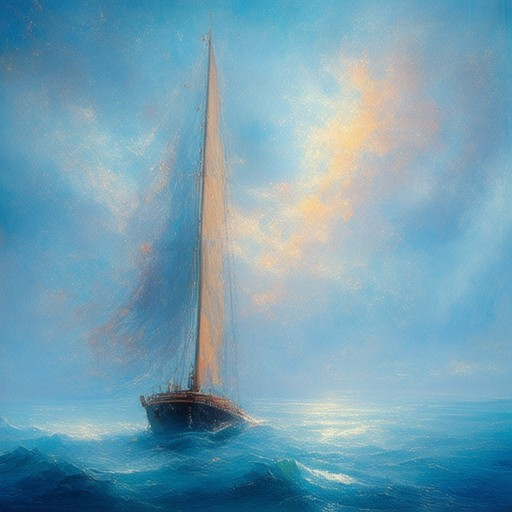
Techniques to Make Your Sailing Photos More Artistic
Transform your sailing photos into works of art with expert composition, lighting, and editing. Use leading lines, golden ratio framing, and softbox lighting for balance. Enhance colors with saturation and contrast, experiment with black-and-white, and frame subjects thoughtfully. Post-process with cropping, perspective adjustments, and texture blending for captivating results.
1. Master Composition
- Leading Lines: Utilize lines in the scene, such as the mast or boom, to guide the viewer’s eye toward the horizon, creating a sense of motion and dynamism.
- Golden Ratio Framing: Position your subject so it rests within the golden ratio, often achieved by dividing the scene into thirds. This creates a balanced and visually appealing composition.
2. Lighting Techniques
- Softbox Lighting: Achieve softer, more diffused lighting by using a diffuser or shooting during the golden hour. This reduces harsh shadows and provides a gentle glow.
3. Color Enhancement
- Boost Saturation: Use editing tools to increase the vibrancy of colors, particularly the deep blues of the ocean and the crisp whites of sails.
- Adjust Exposure and Contrast: Fine-tune your photos to enhance sharpness and vibrancy, making colors stand out more.
4. Black-and-White Conversion
- Monochrome Magic: Convert select color photos to black-and-white to emphasize textures and shapes, creating dramatic and artistic effects.
5. Thoughtful Framing
- Craft Your Frame: Focus on intriguing details, whether it’s the intricate rigging, the crashing waves, or the distant horizon, to capture the essence of the moment.
- Crop Strategically: Zoom in on key elements to highlight them, ensuring that the most compelling aspects of the scene are front and center.
6. Perspective and Depth
- Low Angle Shooting: Capture boats from below to emphasize their size and grandeur, giving them a more commanding presence in the frame.
- Close-Up Shots: Get closer to your subject to highlight details and create a sense of intimacy with the boat or the water.
7. Post-Processing Magic
- Crop and Adjust Perspective: Use editing software to crop and adjust perspectives to enhance the visual appeal of your photos.
- Add Textures: Incorporate textures like film grain or noise to give your photos an artistic, vintage feel.
- Layer Blending: Combine elements seamlessly using layers to create a polished and professional look.
8. Mood and Storytelling
- Dramatic Skies: Capture dramatic cloud formations or sunset colors to evoke a powerful emotional response.
- Calm Water Scenes: Use long exposures to smooth out waves, creating a serene and meditative atmosphere.
9. Patience and Observation
- Wait for the Perfect Moment: Be patient and observant, waiting for the ideal combination of light and composition before clicking the shutter.
- Experiment with Angles: Take multiple shots from various angles and perspectives to capture the scene’s essence from different viewpoints.
10. Share and Grow
- Enter Competitions: Participate in events like the Sailing Photo Awards to receive feedback and gain recognition for your work.
- Engage with Communities: Join forums and groups to share your photos, learn from others, and improve your skills.
By combining these techniques, you can elevate your sailing photos to new artistic heights, capturing the beauty and essence of the sea like never before.
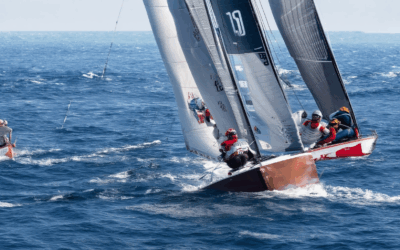
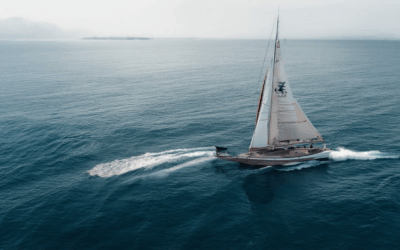
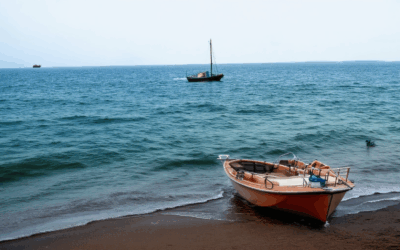
0 Comments